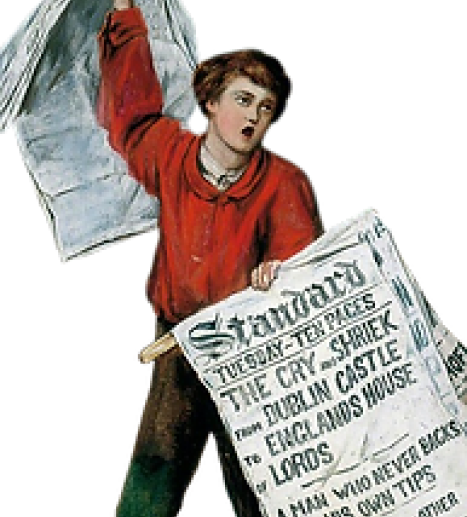Through India’s enormous musical terrain, one persisting genre that’s threaded its own way is Indian rap, better known as DHH, or Desi hip-hop. And it’s rising, once again.
DHH can be traced back to the 90s, with Bohemia and Baba Sehgal rooting a new sound of Indian music. Whether through reworking American classics (Thanda Thanda Paani/ Ice Ice Baby) or voicing the immigrant experience, they brought hip-hop to us in an original way, and this time, in our languages. This foundation promised a rap inception, filled with potential and experimentation.
Soon after, the forming (and fall out) of the Mafia Mundeer group, along with the cultural impact of Eminem’s 8 mile transformed DHH culture. It slowly but successfully integrated into your favourite film soundtracks, and established a timeless period in Indian pop culture.
At the same time, desi hip-hop was being harnessed to tell stories of the common man. As artists such as DIVINE, Emiway & NAEZY expressed their pride, truth and challenges that showed a real-life India, DHH prevailed as gully (street) rap. It became a powerful platform representative of its listeners, and revamped Indian hip-hop, again. Along with the release of “Gully Boy” (also inspired by DIVINE & Naezy) in 2019, hip-hop reached and resonated preeminently with the country.
This constant rejuvenation of the genre showcases its true spirit: the freedom to represent what you want, whether it’s your identity, roots, reality, or how blue the paani (water) really is. As a medium, Desi hip-hop remains powerful, reminding you of its never-ending potential and its constant relevance.
Today : Conscious and Regional Rap
Today, Desi hip-hop is evolving yet again, and this time, it’s emulating the cultural diversity of its country. By bringing their state sounds, artists are not only taking listeners to their own homeland but inviting others as well. Advancing into its most personal and layered chapter, desi hip hop has become unapologetically local, and political.
In the Northeast, artist Yelhomie is voicing the resilience of his people in the ongoing ethnic conflict going on in Manipur between the Meitei and Kuki-Zo communities through his music. The Imphal-based rapper further raps about feelings of being perceived as ‘less Indian’ by the government and country as a whole.
Blending traditional south Indian influences, Tamil rapper Paal Dabba addresses his Chennai struggles while Vedan creates Malayalam rap against caste oppression and corruption.
From Gujarat (Dhanji) to Haryana (Dhandha Nyoliwala), artists are creating original subgenres that reach everyone, no matter where they’re from. For many of them, they’re the very first to bring DHH to their states. It’s evident how artists across the country are working hard to be heard. International
While the local blend continues to flourish, it’s important to recognise how this genre experiments and has been experimenting, worldwide. In the UK, Birmingham raised Apache Indian, created his own music style with Punjabi references and reggae influences. Shaped by their identities and origins, Jay Sean, Rishi Rich and Danish-Indian duo, Bombay Rockers, triumphed in the 2000s. Whether you saw Snoop Dogg in Singh Is King, or heard more recent collaborations such as Seedhe Maut teaming up with Mike Jenkins, the range and diaspora of Desi hip hop is unbelievable and comprehensively beautiful.
Something is slowly changing, but has largely remained stagnant in the ever-changing nature of DHH is the bias towards its female rappers. If it isn’t already happening, part of this rejuvenation needs to bring the women of DHH to receive the attention they have been consistently working towards. There are many female rappers that have consistently made their music, and brought their perspectives and experiences through DHH. While Raja Kumari and Dee MC have been carving this space (in the genre), artists like Saniya MQ, Meba Ofilia, and Agsy have been relentlessly creating their captivating sounds, in past years!
This chapter marks another significant moment of DHH showing its influence and ability as a channel for relatability. While what it means to you may change over time, it’s safe to say that the possibility, power and persistence of Desi hip hop is here to stay





















